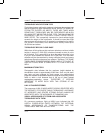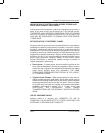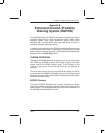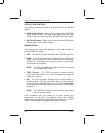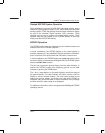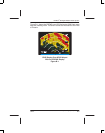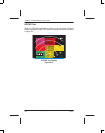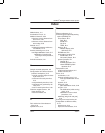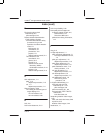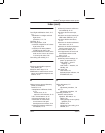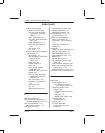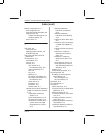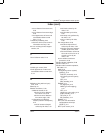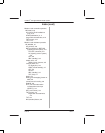
PRIMUS
R
660 Digital Weather Radar System
A28–1146–111
REV 2
Index
Index–1
Index
A
Abbreviations, 10-1
Accelerative Error, 5-15
Additional hazards, 5-55
turbulence versus distance from
storm core, 5-55
turbulence versus distance from
storm edge, 5-55
Altitude, A–10
relationship between turbulence
and altitude, A–10
Antenna mounting error, 5-16
level flight stabilization check, 5-17
stabilization in straight and
level flight check procedure,
5-17
Azimuth resolution, 5-41
C
Cockpit mounted equipment, 2-4
Configurations of individual echoes
(northern hemisphere), 5-47
avoid all crescent shaped echoes
by 20 miles, 5-51
avoid hook echoes by 20 miles,
5-47
avoid pendant by 20 miles, 5-50
avoid steep rain gradients by 20
miles, 5-51
avoid V–notch by 20 miles, 5-49
Customer support centers , 9-2
North America, 9-2
Rest of the World, 9-3
D
Do’s and don’ts of thunderstorm
flying, A–8
Dynamic Error, 5-15
E
Effect on altimeters, A–7
Enhanced ground–proximity warning
system (EGPWS), B–1
annunciators, B–2
FAIL, B–2
INHIB, B–2
ON, B–2
TERR, B–2
displays, B–4
obstacle display color
definitions, B–4
EGPWS test, B–6
push buttons controls, B–2
INHIB button, B–2
ON (terrain) button, B–2
system operation, B–1
controls, B–1
EGPWS operation, B–3
related EGPWS system
operation, B–3
Equipment list, 2-4
cockpit mounted options, 2-4
remote mounted, 2-4
Errors, 5-15
accelerative, 5-15
antenna mounting error, 5-16
level flight stabilization check,
5-17
dynamic, 5-15
pitch gain, 5-22
pitch stabilization check, 5-22
roll gain, 5-19
roll stabilization (while turning)
check, 5-19
stabilization in turns check
procedure, 5-19
wallowing (wing walk and yaw),
5-19
Exchange and rental service, 9-1
Extrapolation to different climbs,
A–13
desert areas, A–13
tropical–humid climates, A–13



